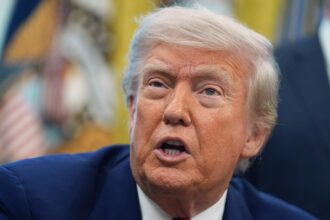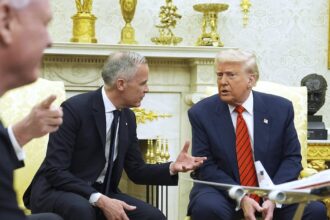As Meric Gertler’s decade-long tenure as University of Toronto president draws to a close, his legacy remains deeply intertwined with both remarkable achievements and significant controversies that have shaped Canada’s largest academic institution.
During his leadership, U of T ascended to unprecedented heights in global university rankings, firmly establishing itself among North America’s elite research powerhouses. The university’s skyline transformed under Gertler’s guidance, with ambitious capital projects that expanded its footprint across all three campuses. Perhaps most notably, the Schwartz Reisman Innovation Centre now stands as a gleaming testament to his vision for integrating artificial intelligence research and entrepreneurship.
“President Gertler’s commitment to academic excellence and innovation has positioned the University of Toronto for continued global impact,” noted Claire Kennedy, former chair of the university’s Governing Council, in a recent statement to CO24 News.
However, Gertler’s presidency has been equally defined by periods of intense scrutiny. His administration faced significant criticism for its handling of controversial speakers on campus, with free speech advocates and those concerned about platforming harmful viewpoints engaging in passionate debates. The university’s approach to addressing antisemitism and Islamophobia, particularly following the October 2023 Hamas attacks and subsequent Israel-Gaza conflict, sparked protests that garnered international attention.
The university’s relationship with its teaching assistants and contract faculty also reached breaking points, with two major strikes during Gertler’s tenure that disrupted academic calendars and highlighted growing concerns about precarious employment in higher education. As recently reported by CO24 Canada, many graduating students cited these labor disputes as significant disruptions to their academic experience.
“The challenges of leading a diverse institution of this size cannot be overstated,” explained education policy expert Amanda Whitfield. “Every decision inevitably pleases some constituencies while alienating others.”
Perhaps most contentious was Gertler’s handling of the institution’s deep historical ties to colonialism. Indigenous faculty and students repeatedly called for more meaningful reconciliation efforts, arguing that symbolic gestures fell short of addressing systemic inequities within academic structures.
Gertler’s successor, chemistry professor Anita Anand, inherits an institution that continues to grapple with defining its role in addressing societal challenges. With undergraduate enrollment surging past 74,000 students and international student fees becoming increasingly vital to operational budgets, questions about accessibility, affordability, and educational purpose loom large.
Financial pressures have intensified following provincial tuition freezes and recent federal restrictions on international student visas, as covered extensively by CO24 Business. These policy changes have complicated budget projections for all Ontario universities, with U of T’s size magnifying both the challenges and potential solutions.
As Gertler transitions to his next chapter, expected to return to his academic roots in urban geography, his decade at the helm offers a complex case study in modern university leadership. The institution he leaves behind stands simultaneously stronger in global standing yet facing profound questions about its social responsibility and economic model.
How will Canada’s premier university balance its elite global ambitions with its responsibilities to address local inequities and make education accessible to all qualified students regardless of financial means? The answer may well define the next decade of U of T’s evolution.










